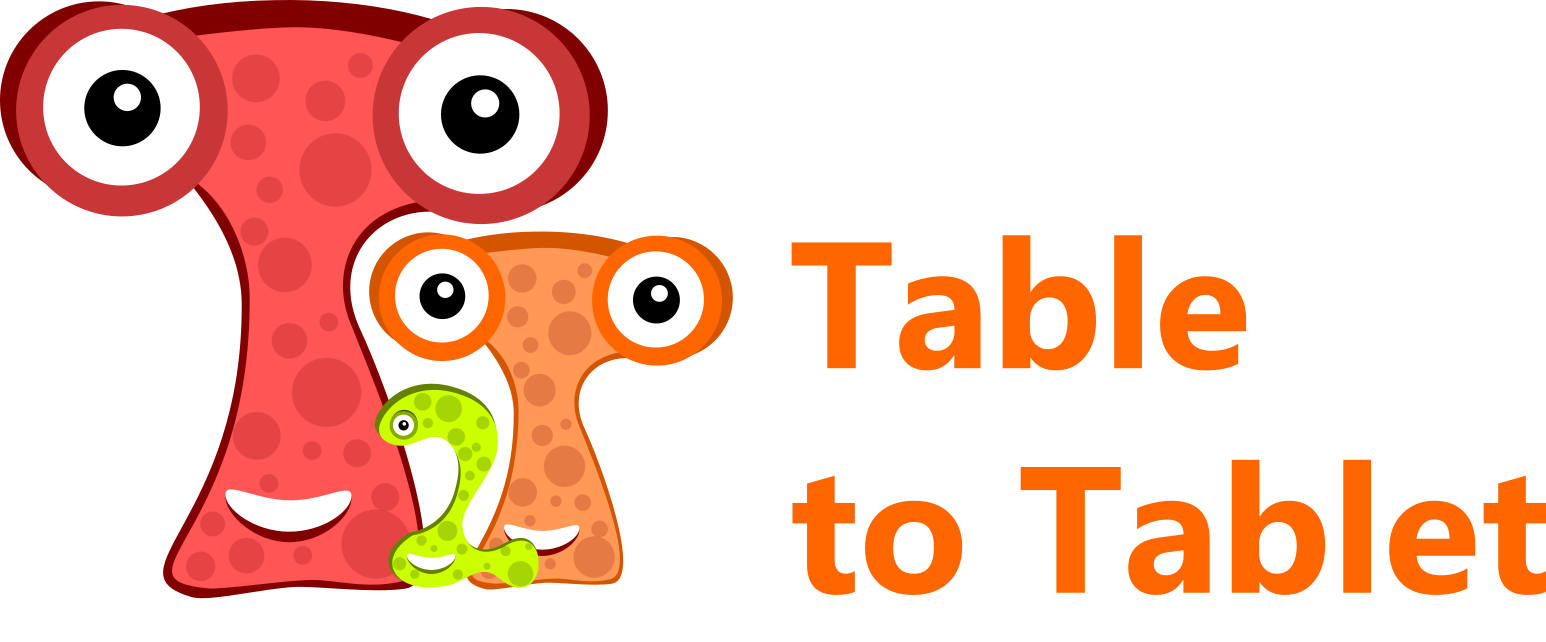The T2T project focus is on the Speech Sound Disorders (SSD).
Children with speech sound disorders (SSD) make up a significant proportion of many Speech and Language therapists’ caseloads (> 40% of all cases according to the most recent studies done in Portugal (Oliveira, Lousada & Jesus, 2015) and in the United Kingdom (Joffe & Pring, 2008)). SSD can have different underlying causes (e.g., motoric or linguistic) as well as different behavioural patterns (e.g., difficulties with discrimination, processing or articulation). This difficulties can be classified as articulatory or phonological. A phonologically based speech sound disorder has been associated with poor phonological awareness and later literacy and self-esteem problems in relation to their peers, as well as problems at professional level (RCSLT, 2009). Children with a clinical background in SSD have a greater risk (relative risk > 4) of developing specific reading and writing disorders (Peterson et al., 2009).
Thus, it is crucial that speech and language therapists (SLTs) work on phonological skills and phonological awareness in order to support the underlying skills for literacy in children with SSD. Further, it is important that SLTs involve parents and teachers in the treatment to achieve a high level of effectiveness and generalisation. Despite the focus of the intervention in SSD be the development of phonological skills, there is evidence that children, after na intervention programe, show a significant improvement in systematic acquisition of other skills (e.g. literacy), which has positive consequences in terms of educational success in school.
Joffe, V., & Pring, T. (2008). Children with phonological problems: a survey of clinical practice. International Journal of Language & Communication Disorders / Royal College of Speech & Language Therapists, 43, 154–164. http://doi.org/10.1080/13682820701660259
Oliveira, C., Lousada, M., & Jesus, L. (2015). The clinical practice of speech and language therapists with children with phonologically based speech sound disorders. Child Language Teaching and Therapy, 31(2), 173–194. http://doi.org/10.1177/0265659014550420
Peterson, R., Pennington, B., Shriberg, L. & Boada, R., (2009). What Influences Literacy Outcome in Children with Speech Sound Disorders? Journal of Speech, Language, and Hearing Research 52 (5), 1175-1188.
RCSLT (2009). RCSLT resource manual for commissioning and planning services for SLCN: Speech and language impairment. London: Royal College of Speech and Language Therapists (RCSLT).
